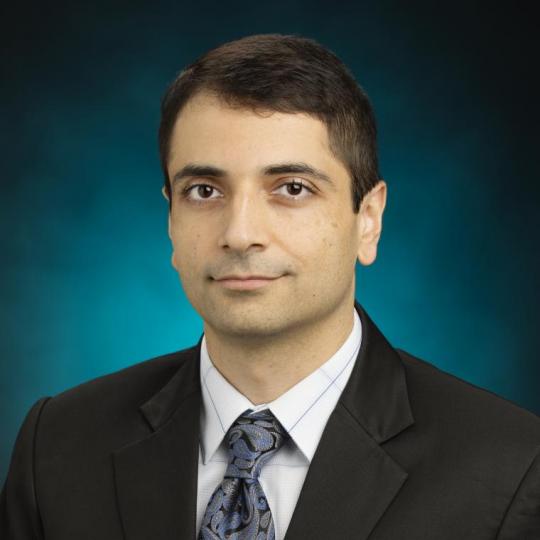Atrial Septal Defect (ASD) Closure
Overview
The heart has four chambers separated by walls called septa. An atrial septal defect (ASD) is an abnormal opening in the wall between the two upper chambers (atria) of the heart. This opening allows blood to between the chambers, potentially causing strain on the heart and lungs over time.
In many cases, small ASDs cause no symptoms and may not require treatment. However, larger ASDs or those leading to complications – such as shortness of breath, fatigue or an enlarged heart -- may need to be closed to protect long-term health.
What Is ASD closure?
ASD closure is a procedure to seal the opening in the atrial septum, preventing abnormal blood flow between the heart’s chambers. This can help alleviate symptoms, reduce strain on the hearts and prevent long-term complications such as heart failure, arrhythmias or pulmonary hypertension.
About the procedure
ASD closure can be performed using either a minimally invasive, catheter-based technique or open-heart surgery, depending on the size and location of the defect. Most patients with ASDs can benefit from the catheter-based approach.
During a catheter-based procedure:
- Accessing the heart: A cardiologist inserts a thin, flexible tube (catheter) into a vein in the leg and guides it to the heart.
- Placing the device: Using advanced imaging, a small umbrella- or disc-shaped device is positioned to close the opening in the atrial septum.
- Healing: Over time, the heart tissue grows over the device, permanently sealing the defect.
The procedure usually takes one to two hours, and most patients can go home the next day.
Who should consider ASD closure?
You might benefit from ASD closure if:
- You have a moderate or large ASD that is causing symptoms or affecting your heart’s function.
- You have experienced complications such as arrhythmias or pulmonary hypertension.
- Your doctor recommends closure to prevent long-term complications.
Life after ASD closure
- Recovery: Most people return to normal activities within a few days after the catheter-based procedure. Open-heart surgery requires a longer recovery period.
- Medications: You may need to take blood thinners temporarily while heart tissue grows over the device.
- Follow-up: Routine check-ups and imaging tests will ensure the ASD is fully closed and the heart is functioning well.
Contact us
If you have been diagnosed with an ASD or are experiencing symptoms like fatigue or shortness of breath, our experts are here to help. Contact us today to learn more about ASD closure and how it can improve your health and quality of life.
For more information, or to schedule an appointment, please contact SIU Medicine at 217.545.8000.
Our providers
Why SIU
Continually learning
With a focus on continual improvement, our doctors take the time to research, study and innovate to provide the latest treatments for our patients.
Patient-first experience
Our care ranges from primary care physicians to specialists and sub-specialists who have advanced training. We're here for you when you need us.
Breakthrough tech
Continually teaching the next generation of doctors, our physicians use the latest developments in procedures and technologies for our patients.


